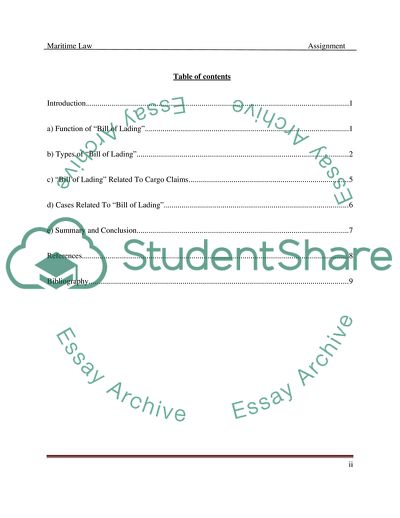Cite this document
(Maritime Law: Bill of Lading Coursework Example | Topics and Well Written Essays - 1500 words, n.d.)
Maritime Law: Bill of Lading Coursework Example | Topics and Well Written Essays - 1500 words. https://studentshare.org/law/1780172-maritime-law
Maritime Law: Bill of Lading Coursework Example | Topics and Well Written Essays - 1500 words. https://studentshare.org/law/1780172-maritime-law
(Maritime Law: Bill of Lading Coursework Example | Topics and Well Written Essays - 1500 Words)
Maritime Law: Bill of Lading Coursework Example | Topics and Well Written Essays - 1500 Words. https://studentshare.org/law/1780172-maritime-law.
Maritime Law: Bill of Lading Coursework Example | Topics and Well Written Essays - 1500 Words. https://studentshare.org/law/1780172-maritime-law.
“Maritime Law: Bill of Lading Coursework Example | Topics and Well Written Essays - 1500 Words”. https://studentshare.org/law/1780172-maritime-law.


